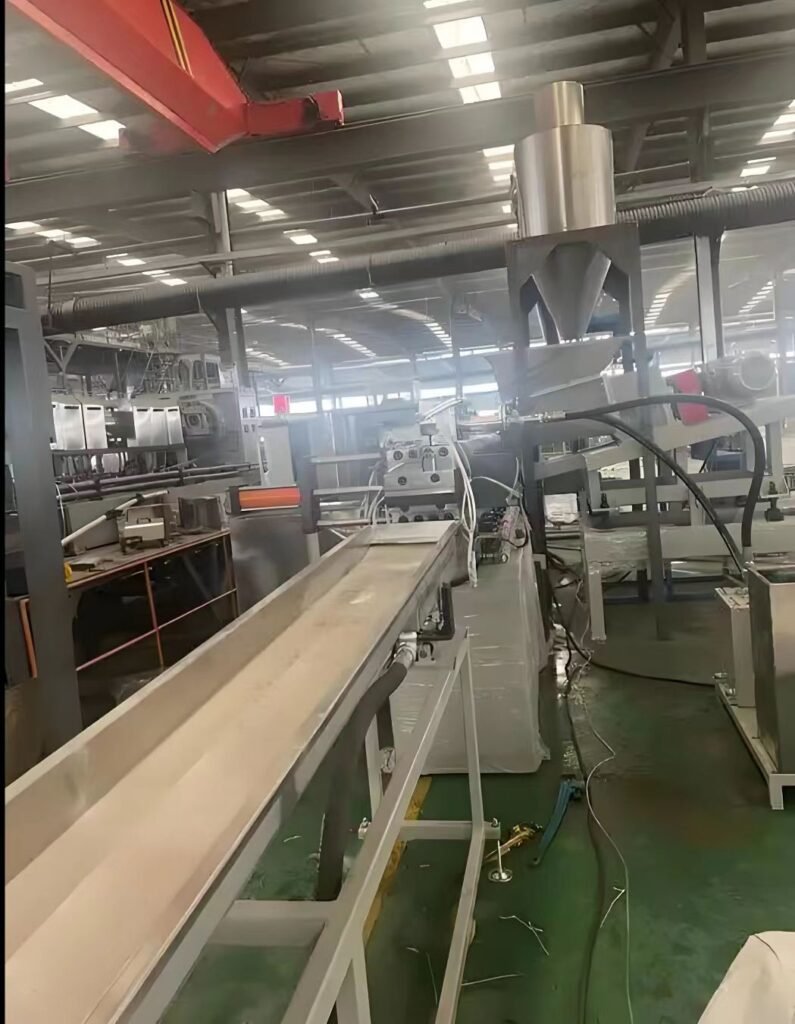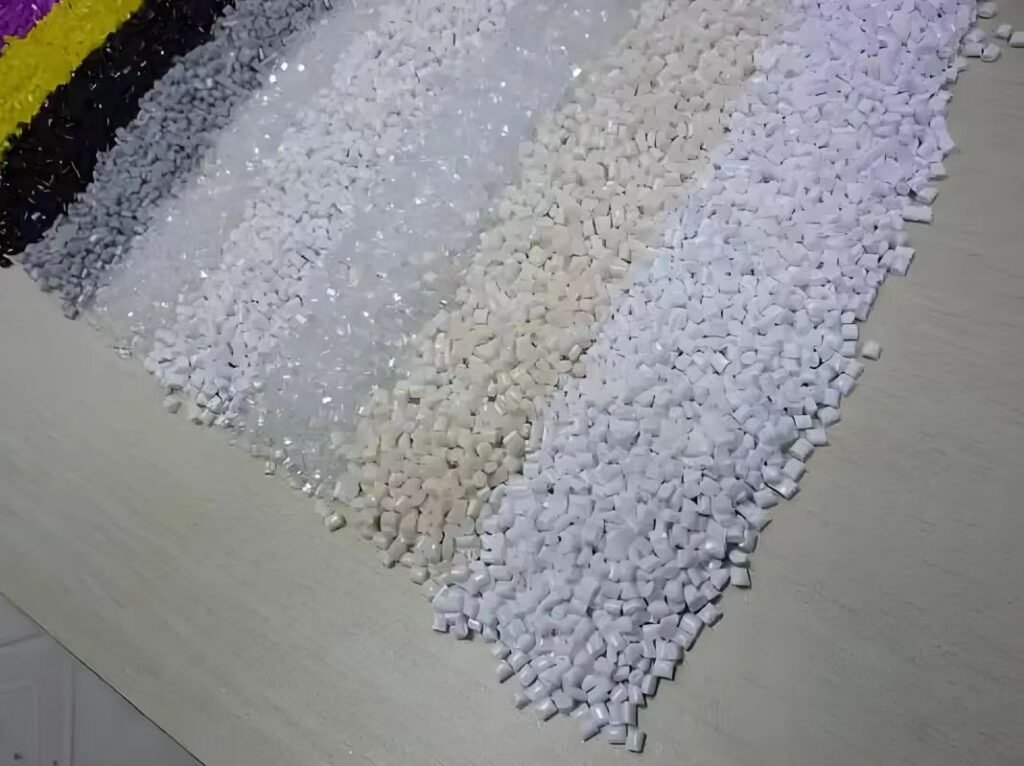Tariff escalation and market impact
China-US tariff game: In April 2025, the United States imposed a 34% “reciprocal tariff” on Chinese goods, and China immediately implemented the same countermeasures on US imports. Among them, primary PTFE was included in the US exemption list, but PTFE products (such as seals and gaskets) still need to bear high tariffs, and export costs surged by 54%.
Short-term impact and long-term resilience: China’s direct PTFE exports to the United States account for only 5.55%, and finished product exports account for about 4.16%. The export volume may decrease in the short term, but the dependence is limited. In the long run, the localization process of high-end products will accelerate, and technological upgrading will become the key to breaking the deadlock.
Key data: In 2024, only 5.55% of China’s total primary PTFE exports will flow to the United States, which has dropped significantly compared with the anti-dumping investigation period in 2018.

2. Emerging applications drive market growth
Demand in high-end fields explodes:
5G and electronics: PTFE is the core material of high-frequency copper-clad laminates. The incremental market space for 5G base station AAU components exceeds 2.3 billion yuan, and the annual demand during the peak period reaches 500 million yuan10.
New energy vehicles: The demand for battery insulation materials and high-voltage cable coatings has surged, and the lightweight trend has boosted the penetration rate of PTFE composite materials.
The global market is expanding steadily:
The sales of the PTFE membrane market will reach US$1.364 billion in 2024 and is expected to reach US$1.776 billion in 2031 (with an annual compound growth rate of 3.9%). Hydrophobic membranes account for 80% of the market share, dominating the water treatment and industrial filtration fields.
The woven PTFE filler market will be worth US$413 million in 2025 and will exceed US$670 million in 2033, with the chemical and oil and gas industries contributing the main demand.
3. Global layout strategy of Chinese enterprises
Supply chain reconstruction:
Regionalized production: Leading enterprises such as Shandong Tengbo Plastics have set up production bases in Southeast Asia, optimized product aging resistance for high temperature and high humidity environments, and shortened the localized delivery cycle to 15 days.
Emerging market development: Middle East petrochemicals and European food and pharmaceutical logistics have become key areas, and the green barriers have been broken through by ISO9001/14001 certification.
Technological breakthrough: Water shares acquired Deqing Kesai and became the only domestic company that mass-produces PTFE for high-frequency PCBs, breaking the monopoly of Japanese and American companies. The domestic price (400,000 yuan/ton) is only half of the import price (800,000 yuan/ton).
Case: Shandong Tengbo Plastics customized anti-slip turnover boxes for European retail giants, completed design and delivery in 15 days, and became a core supplier in Asia Pacific.
4. Sustainability challenges and innovation opportunities
Environmental pressure forces transformation:
PFA substances in the PTFE production process are listed as “permanent pollutants” by the EU and the United States and face strict restrictions6.
Alternatives are emerging at an accelerated pace: GREENPAN of Belgium launched Thermolon ceramic-coated non-stick pans, which completely replaced PTFE, and sold out 10,000 pieces in 4 hours7.
Breakthrough in bio-based materials:
Lubrizol’s Silsense Bio 5 (bioalkyl silicone), Clariant PFAS-free additives and other innovative materials are used in lubricants and packaging, taking into account performance and degradability.

5. Future prospects and investment focus
Technical barrier construction: Focus on improving permeability (industrial filtration), enhancing chemical resistance (semiconductor high-purity pipelines), and developing self-cleaning functions.
Regional market differentiation:
Asia-Pacific leads growth: accounting for 50% of the global PTFE membrane market, and industrialization in China and India drives demand24.
High-end competition in Europe and the United States: Gore and Saint-Gobain monopolize the high-end PTFE membrane market, and Chinese companies need to break through patent barriers.
The global PTFA industry is undergoing a “triple revolution”: reconstruction of trade rules (reshaping of the tariff chain), technological paradigm revolution (5G/new energy driven), and sustainability revolution (bio-based substitution). Chinese companies have shifted from “cost dependence” to “technology-brand dual drive”, and through regionalized production, emerging market penetration and compliance innovation, they have transformed the crisis into a springboard for globalization.
Key Outlook: By 2030, the localization rate of high-end PTFE may exceed 40%, and localized production capacity in Southeast Asia will become a standard configuration for Chinese companies going overseas
